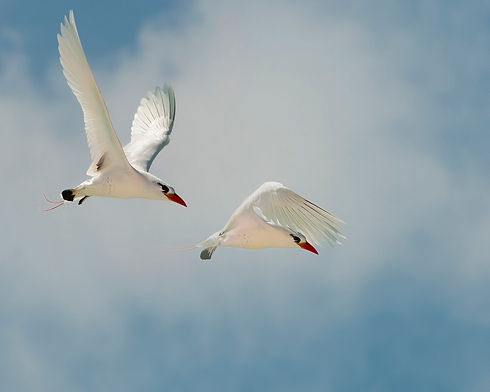
Seabirds at Sea - Australia
Australia’s Exclusive Economic Zone (EEZ) supports approximately 140 of the world’s 340 species of seabird.
More than one third of the world’s seabirds breed, feed, fly or swim (in the case of penguins) through our EEZ at
some time every year. Australia’s EEZ is a marine biodiversity hotspot. It spans sub-equatorial waters, which
includes gregarious seabird species such as the Red-footed Booby and Lesser Frigatebird, to the temperate zone,
with whirling Grey-faced Petrels and Fairy Prions, to Subantarctic waters, where one of the world’s largest flying
birds, the Southern Royal Albatross, is found along with the tiny Wilson’s Storm Petrel (weighing only 50g).
The ASG has compiled a substantial seabirds at sea dataset, based on the substantial historical data from
1947–2012 (from various sources around Australia) and the data set compiled by an Australian Antarctic Division
project in the Southern Ocean from 1980–2006. All other available data have been compiled. As of October 2024,
the data set contains more than 350,000 seabird records, and is believed to be the largest and longest time-series
seabird at-sea data set in the world.
These data provide much more information than just the distribution and abundance of seabirds. Seabirds are
patchily distributed over the world’s oceans, both in space and time. They are known to favour higher-productivity
areas of the ocean such as upwellings, where cold nutrient rich waters are brought to the surface, and oceanic
fronts and eddies, where oceanographic processes result in greater prey availabilities for foraging seabirds.
Several graduate students have examined aspects of these data for their theses, with several studies ongoing.

